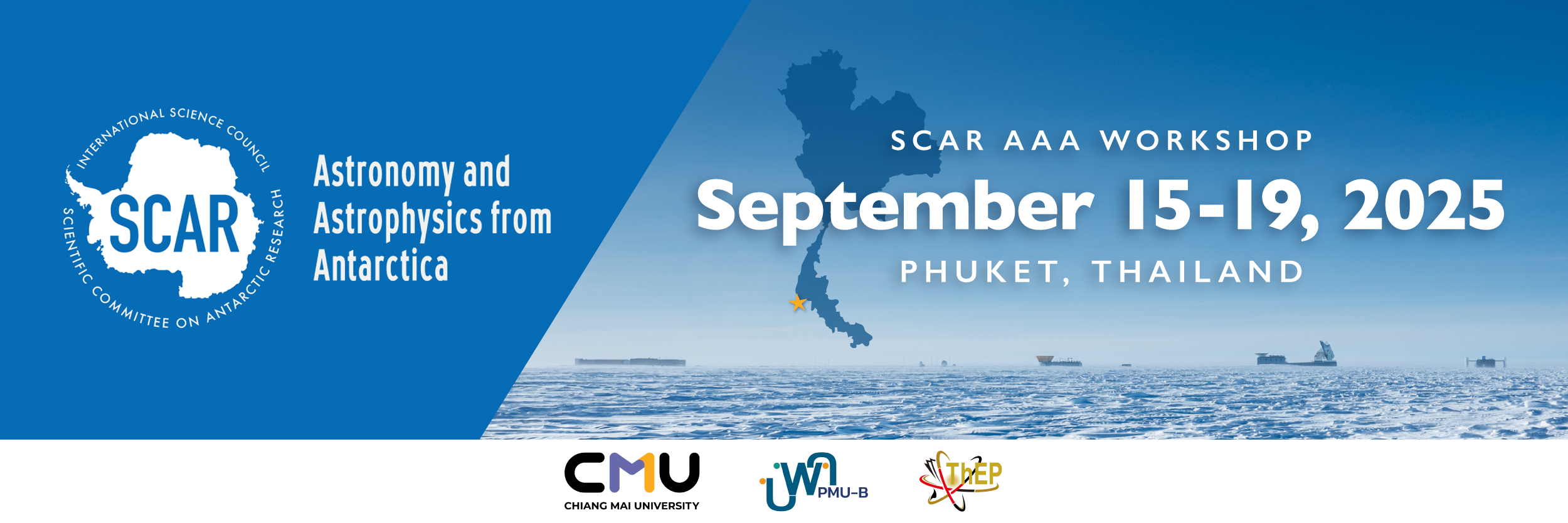Speaker
Description
The BICEP experiment is a series of ground-based cosmic microwave background (CMB) telescopes located at the Amundsen–Scott South Pole Station, designed to detect the faint polarization patterns in the CMB that may provide evidence for inflationary gravitational waves. Over the past two decades, the BICEP collaboration has played a central role in observational cosmology by developing increasingly sensitive instruments and deploying them in the uniquely stable and dry environment of the Antarctic Plateau. Today, our experiment covers a wide frequency range from 30 to 270 GHz to better characterize foregrounds and improve overall sensitivity.
In this talk, I will outline the scientific goals, instrument designs, and recent results from the BICEP program, including updated constraints on the tensor-to-scalar ratio. I will touch on how the South Pole’s atmospheric conditions and logistical support have made these observations possible. I will also share an update on ongoing developments with the BICEP Array, including the recent deployment of the 220/270 GHz receivers, which add more sensitivity at these higher frequencies. I will close with exploring the potential for future cosmology experiments at the South Pole.

